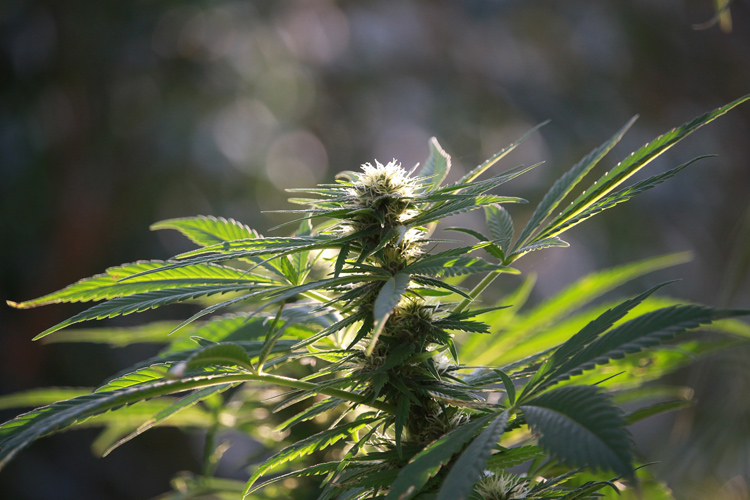|
HempWave today announced it has entered into agreements with four large-scale farming operations in Arizona, agreements that will allow it to grow and harvest industrial hemp on over 600 acres in 2019. Based upon these new growing and harvesting agreements, as well as its previously announced acquisition of two Arizona-based greenhouses totaling 210,000 square feet of space for commercial hemp nursery operations, HempWave estimates that it will produce 2.1 million pounds of hemp biomass in 2019 alone, which at current market rates of $25/lb if sold in its raw form, would have a market value of $52.5 million. Since its formation in 2018, HempWave has moved aggressively to take full advantage of the widespread interest in industrial hemp. HempWave’s four initial commercial hemp farms will be based in Arizona’s Gila River Valley, as well as in the cities of Eloy and Willcox. According to HempWave Chief Executive Officer, David Soto, Arizona’s climate and legal structure make it an ideal locale for the company’s business. “Arizona is an excellent location for becoming one of the country’s premier industrial hemp companies, both legally and from an environmental standpoint,” Soto said. “We applaud Arizona’s governor and our legislature for moving so quickly to help Arizona businesses move to the forefront of the unfolding industrial hemp revolution. And we look forward to working with other farmers and landowners throughout the state and around the country to meet the explosive demand for commercial hemp products ranging from legal cannabidoils and CBDs to hemp-based fabrics and building materials.” Hemp: The Miracle PlantFor thousands of years, humans have cultivated and harvested what is today known as industrial hemp, especially for use as fabric, twines and rope. In fact, industrial hemp was the main source for rope used by the United States military during World War II. Although a close cousin to marijuana (and in spite of the misperceptions of many individuals), hemp contains only miniscule amounts of tetrahydrocannabinol — (also known as THC) — the psychoactive chemical compound found in marijuana that gets users “high.” In reality, any Cannabis Sativa L. plant containing more than 0.3 percent of THC is legally identified as marijuana, a Schedule 1 drug, while industrial hemp is limited to THC levels of 0.3 percent or lower. {This distinction was laid out in the Agriculture Improvement Act of 2018 (aka, the 2018 Farm Bill) and became effective when it was signed into law on December 20, 2018.} Conversely, commercial hemp can be optimized for producing high levels of cannabidoils and CBDs, compounds that a growing body of clinical research and anecdotal evidence suggest deliver a wide variety of medicinal benefits, including treatments for pain, sleep apnea, movement disorders, cognition, anxiety, and other maladies. In addition, most parts of the hemp plant can be used for a variety of non-medicinal applications. |




